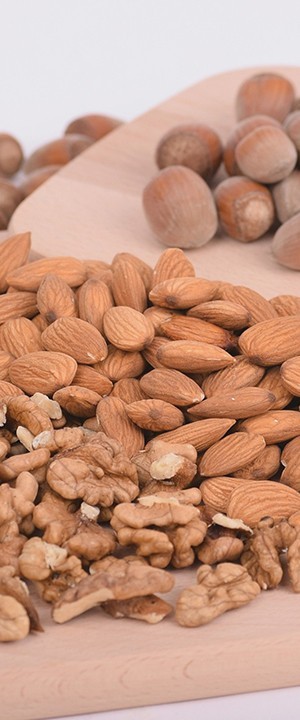To search for an item, enter the BAKO Product code in the box. The table underneath will automatically display the item along with the relevant allergen information. To search for multiple items, key in the BAKO Product Code, tick the box in the left hand column, key in your next code and tick the box for each code required. Click the ‘Export selected products’ button below the table to download your product allergen information to a separate CSV file.
Key
Does contain
Present in the recipe within an intentionally added ingredient
Does not contain
Not present in the recipe within an intentionally added ingredient
May contain
It is not in the recipe but even though cross-contamination controls are carried out a risk assessment has indicated that there may be a risk of adventitious contamination from this allergen and 'May Contain' or similar alibi statement is necessary. Please refer to the disclaimer below.

Please be aware that the allergen information provided in this table should be used for guidance only. It is, to the best of all intents and purposes correct, however errors do occur.
EU law only states that an allergen is to be declared if it is present. Therefore, not all suppliers will state “may contain”. Furthermore, all suppliers have different methods of risk assessing any potential allergen cross-contamination. The alibi statement column refers to additional information that has been submitted by the manufacturer. We therefore duly recommend that users refer directly with the manufacturer’s full specification if the information is required to complete legal food labels (available either, using a log-in online or on request) or the actual product label for guidance on allergens as this will provide the latest information.

Please note:
There is no specific legal requirement to label food with ‘may contain’. However, food must be safe to eat and information to help people with allergies make safe choices, and manage their condition effectively. As such you may feel this is a prudent addition to your labelling.
We store cookies, including third-party cookies to monitor site performance and provide you with a more personalised experience. For more information please refer to our cookie policy here.